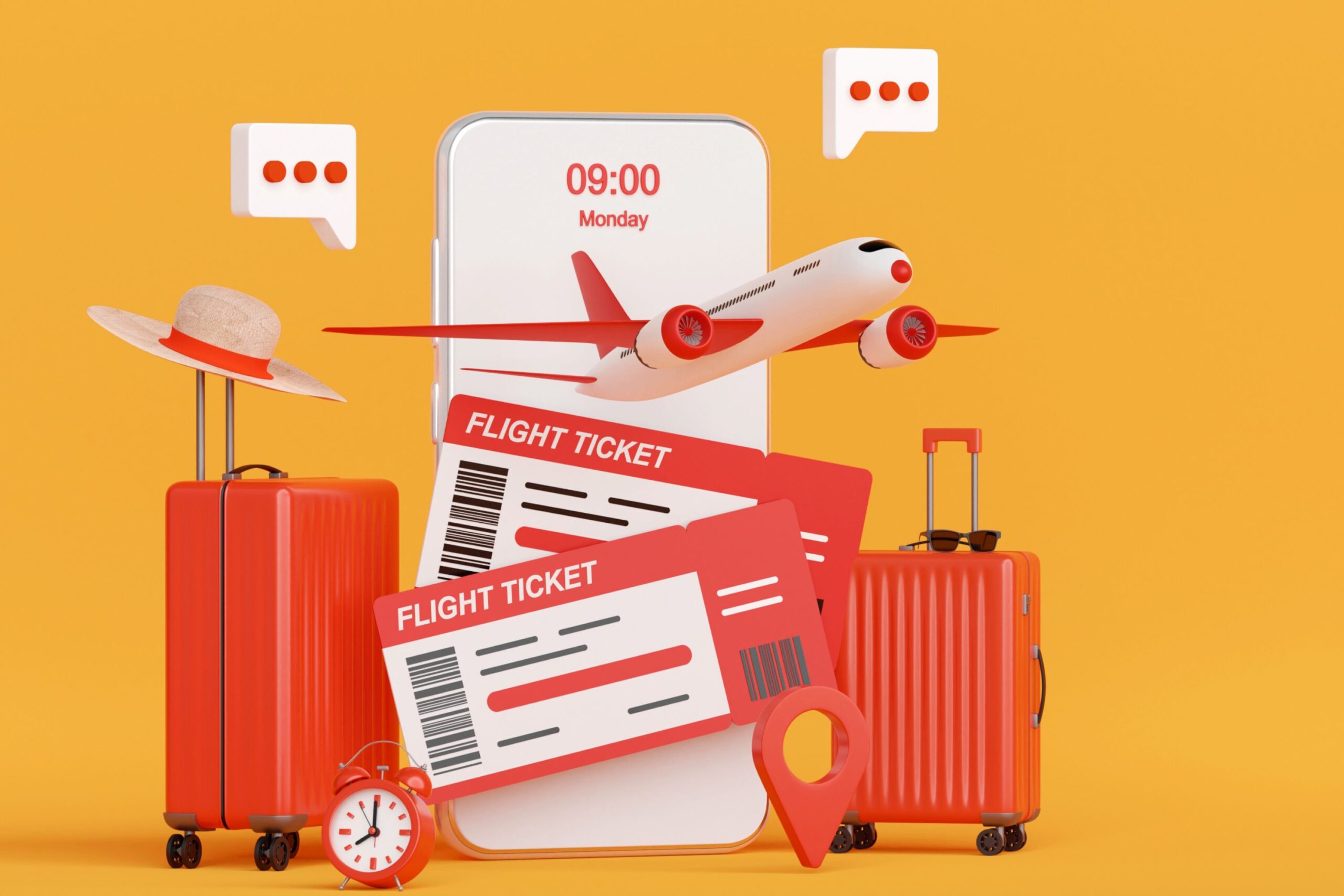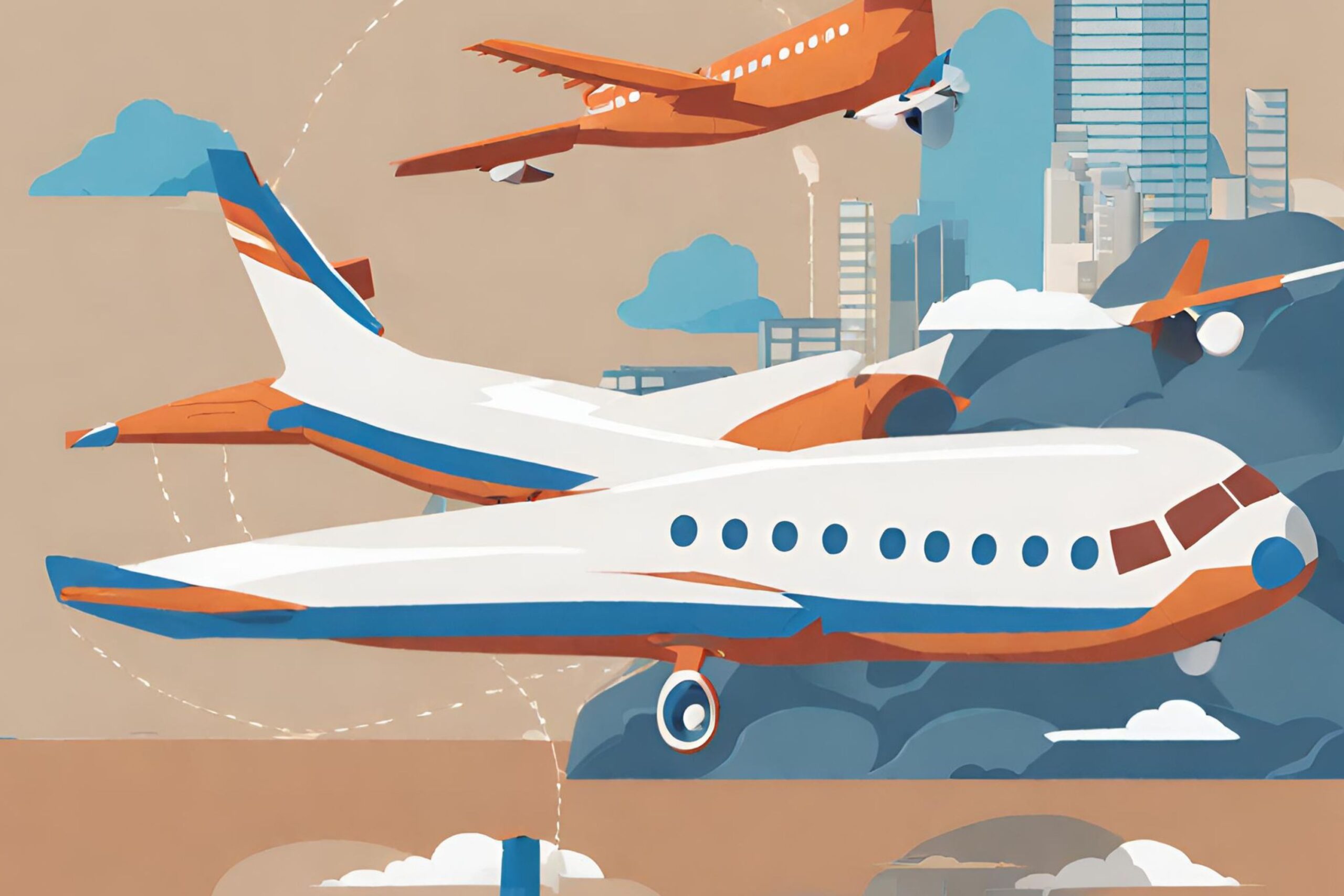Traveling to Italy often begins with one big decision: which airport to fly into. For many travelers, the answer leads straight to Leonardo da Vinci–Fiumicino Airport near Rome, which holds the title of Italy’s busiest airport.
Known simply as Rome Fiumicino Airport or by its code FCO, this bustling hub handles millions of passengers every year. It connects Italy with every corner of the world and serves as a vital gateway for both domestic and international flights.
Let’s delve into why Fiumicino is Italy’s busiest airport, what makes it so significant, and how travelers can maximize their experience while passing through this major air hub.
Rome Fiumicino: Italy’s Primary Gateway
Rome Fiumicino Airport is not only the busiest airport in Italy, but also one of Europe’s key transportation hubs. In recent years, passenger numbers have rebounded to nearly 50 million travelers annually, securing Fiumicino’s position as the country’s top airport.
Several reasons explain why Rome Fiumicino stands ahead of other airports. Rome, being Italy’s capital and one of the world’s most visited cities, naturally draws enormous tourism. From the ancient Colosseum to Vatican City, the demand for flights into Rome remains strong year-round.
In addition to tourism, Fiumicino serves as a significant hub for business travel. Government officials, corporate travelers, and diplomats frequently pass through its gates. Rome’s central position within Italy also means Fiumicino operates as a connecting point for flights across the country and beyond.
Moreover, Rome Fiumicino is the central hub for ITA Airways, Italy’s national airline. Many domestic and international routes flow through the airport, further boosting passenger volumes.
Infrastructure Built for Millions
Handling millions of passengers each year requires world-class infrastructure. Fiumicino Airport operates with multiple runways and spacious terminals, all designed for maximum efficiency.
Currently, Fiumicino operates primarily with two passenger terminals: Terminal 1 and Terminal 3. Terminal 1 focuses on domestic and Schengen flights, while Terminal 3 accommodates the majority of long-haul international flights.
Travelers moving through the airport will find modern facilities, numerous dining options, high-end shops, free Wi-Fi, and convenient transport links into Rome. Clear signage in Italian and English helps guide passengers smoothly from arrival to departure.
Plans are already in motion for further expansions to handle growing demand, ensuring that Rome Fiumicino remains Italy’s leading airport for years to come.
Comparing Fiumicino with Other Major Italian Airports
While Rome Fiumicino leads in passenger numbers, Italy is home to several other busy airports. Understanding how they compare offers is helpful context for travelers planning their routes.
Milan Malpensa Airport (MXP)
Located in northern Italy, Milan Malpensa Airport is the country’s second-busiest airport. Serving the financial and fashion capital of Italy, Malpensa welcomes millions of business and leisure travelers each year.
Despite its importance, Milan Malpensa typically handles only about half the traffic of Rome Fiumicino. Part of this is because Milan’s air travel demand is split between three airports: Malpensa, Linate, and Bergamo.
Venice Marco Polo Airport (VCE)
Venice Marco Polo Airport serves as the primary international gateway to northeastern Italy. With stunning proximity to the historic canals of Venice, Marco Polo is a central arrival point for tourists.
However, its passenger numbers are significantly lower compared to Fiumicino, with a focus mainly on European routes and seasonal tourist flows.
Naples International Airport (NAP)
Down south, Naples International Airport connects travelers to the beautiful Amalfi Coast and beyond. Though it has grown steadily, especially during peak travel seasons, Naples handles a much smaller volume compared to Rome Fiumicino.
Why Travelers Prefer Rome Fiumicino
The dominance of Rome Fiumicino Airport comes down to several key factors:
- Global Connectivity: Direct flights link Rome with North America, South America, Africa, Asia, and nearly all parts of Europe.
- Central Location: Strategically positioned in Italy, it offers easy onward travel throughout the country.
- Hub Operations: ITA Airways and other airlines utilize Rome as a hub for numerous domestic and international routes.
- Tourism Magnet: Rome remains one of the world’s top tourist destinations, ensuring a constant stream of arrivals and departures.
Travelers appreciate the airport’s efficiency, amenities, and frequent flight options. For anyone planning a trip to Italy, flying into Fiumicino often offers the best combination of convenience and choice.
FAQs
What is the full name of Italy’s busiest airport?
The full name is Leonardo da Vinci–Fiumicino Airport, commonly referred to as Rome Fiumicino Airport.
How far is Fiumicino Airport from Rome city center?
Fiumicino Airport is approximately 30 kilometers (about 19 miles) southwest of Rome’s city center.
What is the best way to get from Fiumicino Airport to Rome?
The Leonardo Express train offers a non-stop connection to Rome Termini Station in about 32 minutes. Taxis and shuttle buses are also available.
How early should travelers arrive at Fiumicino Airport before a flight?
For international flights, travelers should arrive at least 3 hours before departure. For domestic or short-haul flights, 2 hours is generally sufficient.
Which airlines use Fiumicino Airport as a hub?
ITA Airways uses Fiumicino as its main hub, operating a large number of domestic and international routes.
Are there hotels near Rome Fiumicino Airport?
Yes, several hotels are located within a short distance of the airport, including options directly connected to the terminals.
Is Wi-Fi available at Fiumicino Airport?
Yes, free Wi-Fi is available throughout the airport terminals for all travelers.
What are the main terminals at Fiumicino Airport?
The airport currently operates Terminal 1 for Schengen and domestic flights, and Terminal 3 for international flights outside the Schengen Area.
Does Fiumicino Airport have good shopping and dining options?
Yes, travelers will find a wide range of shops, from luxury brands to souvenir stores, along with Italian and international dining options.
Can travelers find public transportation at Fiumicino Airport?
Yes, trains, buses, and taxis provide convenient transportation between the airport and different parts of Rome and beyond.




